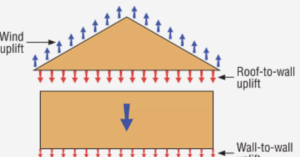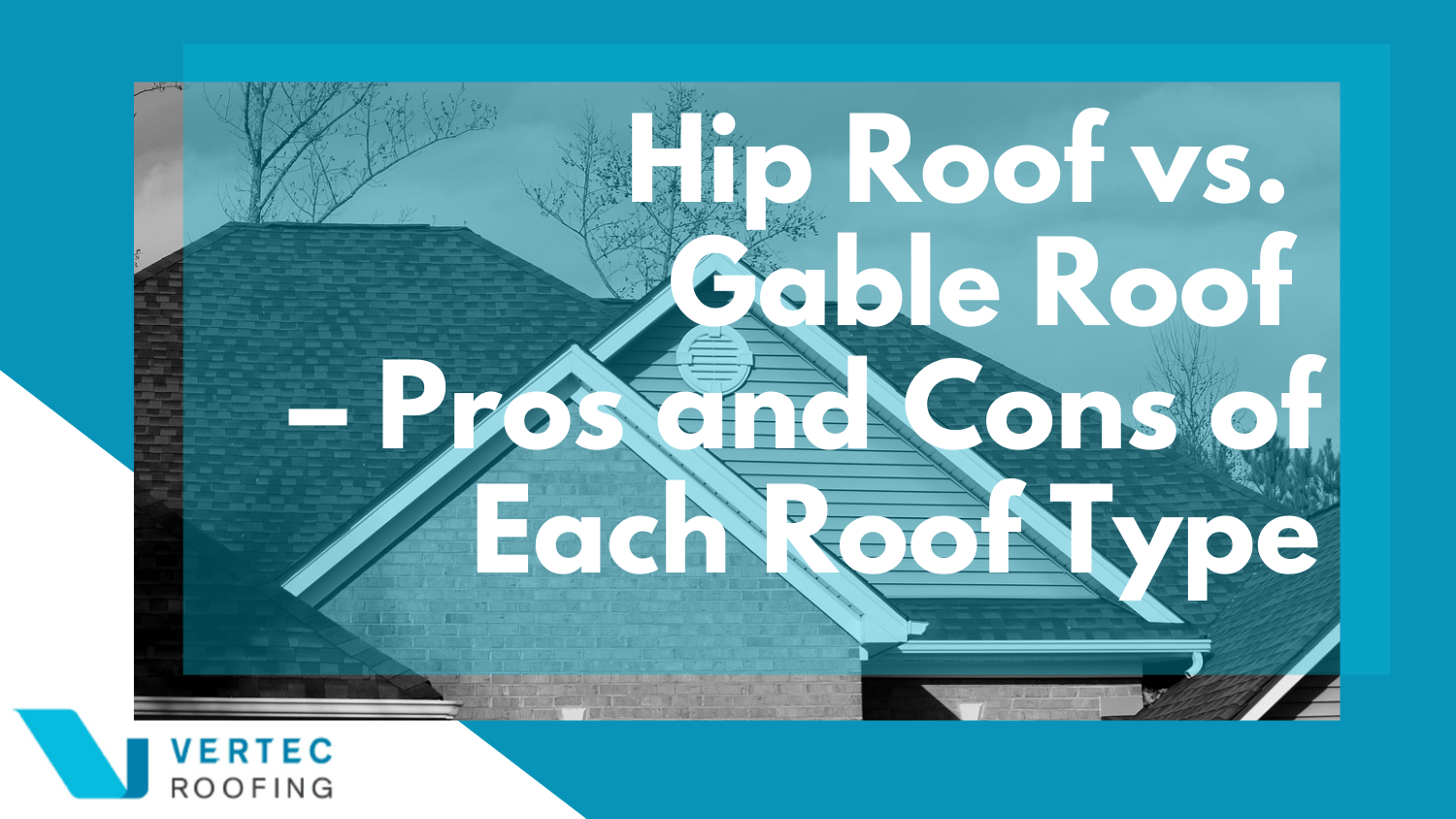

Hip Roof vs Gable Roof – which is right for your property?
The shape of your roof will determine its performance. In essence, the purpose of your home’s roof is to protect the entire structure and keep the interiors safe from the harsh exteriors. Most residential roofs are naturally sloped, to allow for adequate water drainage when it rains or during a storm.
Roof shapes can provide additional living space, as well as make your house more resilient, energy-efficient, weather-proof, and aesthetically pleasing. Roof shapes can vary from very basic flat roofs to very complicated designs. Two of the most common sloped roofs are hip and gable roofs.
Hip and gable roofs both have their merits and are both popular roofing choices for Australian homes. If you’re building a new home or are considering re-roofing your existing home, the big question is: Hip roof vs gable roof, which is better?
The roof design and shape you choose should take into consideration the structure of the house, the location of the house, and the overall design elements of the property. Often, it can come down to personal preference with aesthetics. However, there are some pros and cons to each style of roofing, which we’ll discuss in this article. Let’s start with the basics.
A popular roofing choice in Australia, a hip roof is a shape of roof that has three or more pitched planes, depending on the structure of the house. The planes all slope downwards from a ridge at the top of the hip roof. The slope on hip roofs allows for exceptional drainage and additional storage/attic space.

A hip style roof will have slopes on every side, which means there are generally three or four equal-length sides that come together at the top to form a ridge. Strong, sturdy, and durable, hip roofs are an excellent option for high wind rated areas. Hip roofs are particularly popular in coastal regions of Australia, however, work for all types of climates.
Hip roofs allow for varied designs and can be created differently to match the structure of a house. The most common types of hip roofs include:
Simple Hip – Designed with a polygon on two sides, and a triangle on two sides. All four sides come together at the top of the roof to form a simple ridge.
Cross Hip – A popular variation of a hip roof, which gently slopes on all four sides. For the cross, the two hip roofs are laid out in an “L”, or “T” shape, installed perpendicular to each other.
A gable roof is one that has that iconic pointed, triangular shape. Also known as a “peaked” roof, gable roofs are a classic roofing design comprised of two equal roof planes connected by a centre ridge. Easily recognisably by their triangular shape, gable roofs offer steep slopes and greater room for upper-level storage space or attic.

There are a few different types of gable roofs with varied design structures. The most common variations of a Gable roof include:
Side Gable – A basic pitched roof with two equal panels pitched at an angle, meeting at a ridge at the top in the middle of the building, like a triangle. The top section can be left open for an open gable roof, or it can be enclosed for a boxed gable roof.
Crossed Gable – Two gable roof sections put together at a direct right angle. The two ridges are completely perpendicular to each other and provide two (or more) rooflines that intersect and forming either a T, L shape, or cross.
There are several differences between a hip roof and a gable roof. To start with, from a design perspective, a gable roof has a much simpler design and construction process. Furthermore, hip roofs are notoriously better at managing high winds and extreme weather conditions. Here are the pros and cons of hip and gable roofing:

The costs of hip and gable roofs will vary and come down to design and structure. Due to the fact that a hip roof requires a more complicated design and build, a hipped roof will cost more than a gabled roof. Hip roofs require more materials, additional seams, more planning, and more labour than the construction of a gabled roof. A gable roof has two faces, whereas a hip roof will have four.
Even if the roof square-footage works out to be the same or very similar, a contractor will require more time and labour to frame a hip style roof, making it more expensive. When it comes to hip roof vs gable roof costs, by nature, gable roofs are easier, less labour intensive, and less costly to build. However, if you’re living in an area that is exposed to harsh climates, a hip roof will be more durable and be able to withstand poor weather conditions; requiring less work and costly repairs than a gable roof would in the same conditions.
So, there you have it – a breakdown of the pros and cons of hip and gable roofing. If you’re living in an area with high winds, your property may be better suited to a hip style roof. If you’re after a simple design, it may be best to stick to the classic gable style roof.
Whichever you decide, it is best to engage with a professional roofing company like Vertec Roofing to provide expert advice on which would be the most logical solution for your property. Relying on a professional roofing contractor to support your decision means relying on qualified roof repairs and roof restoration.
At Vertec Roofing, we believe in finding the perfect roofing solution for every client, taking into consideration their design demands, aesthetic requirements, natural environment, and budget. Whether you’re building a new house or are re-designing your older roof, we will walk you through the entire process, ensuring you’re not hit with any surprise expenses.

At Vertec Roofing, we believe roofing is about protecting homes and enhancing comfort.